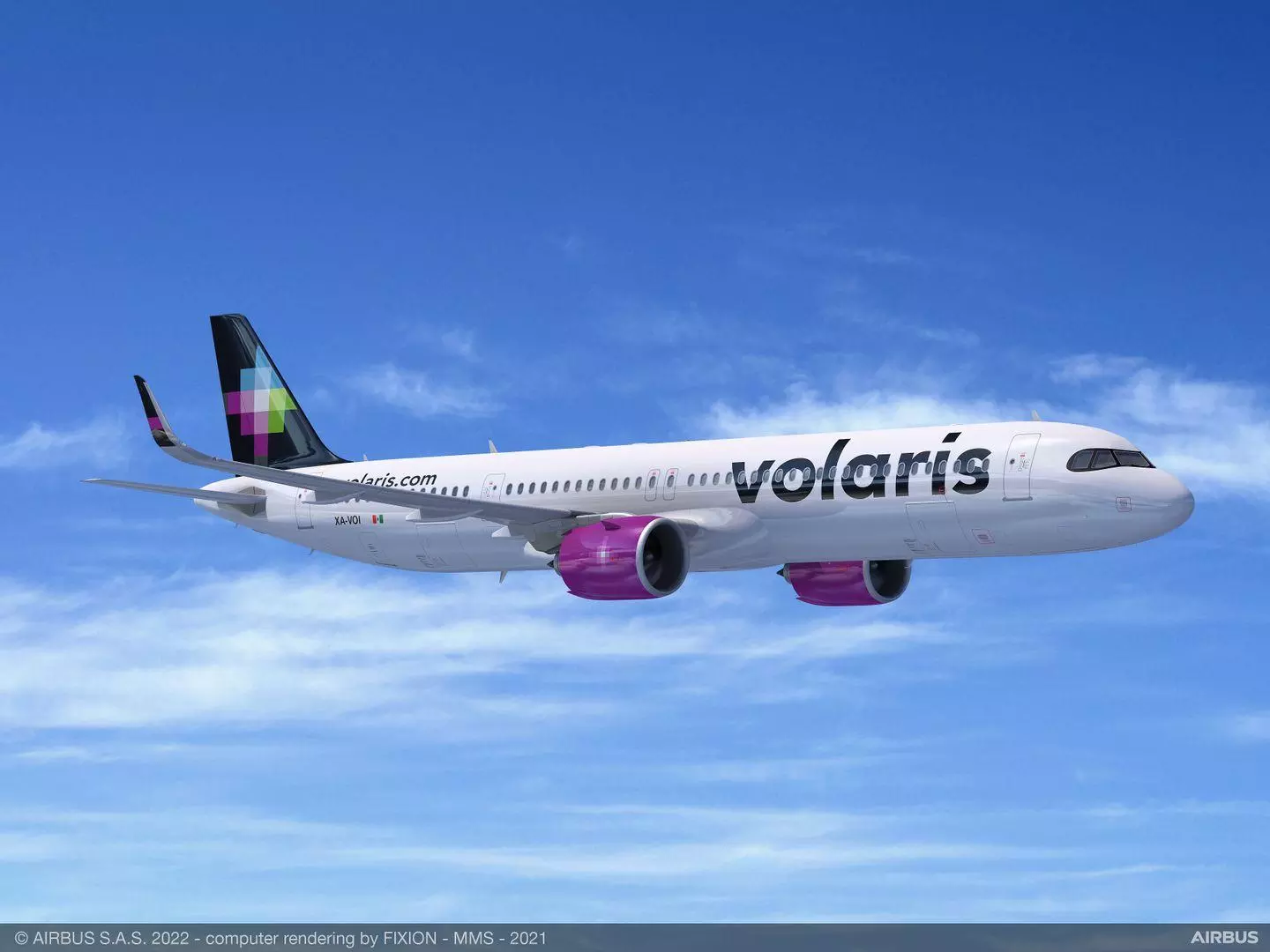Airbus Enhances A400M with Advanced Firefighting Prototype Kit
Airbus Defence and Space has taken a significant leap forward in enhancing the versatility of the A400M military transport aircraft by testing a new Roll-on/Roll-off firefighting prototype kit.


Airbus Enhances A400M with Advanced Firefighting Prototype Kit
Key Takeaways:
- Airbus Defence and Space has successfully tested a new Roll-on/Roll-off firefighting prototype kit for the A400M aircraft.
- The prototype kit enables the A400M to drop 20,000 liters of retardant, creating high concentration lines over 400 meters long.
- This advancement represents a significant step forward in aerial firefighting capabilities and could revolutionize how wildfires are tackled globally.
The A400M's New Role in Aerial Firefighting
Airbus Defence and Space has taken a significant leap forward in enhancing the versatility of the A400M military transport aircraft by testing a new Roll-on/Roll-off firefighting prototype kit. On December 5, 2023, a flight-test campaign demonstrated the aircraft's ability to deploy large quantities of fire retardant over a wide area. This upgrade potentially transforms the A400M into a formidable tool in combating wildfires, a growing concern due to climate change and extended dry seasons.
The prototype kit's design allows for rapid installation and removal, providing the A400M with dual functionality. It can be swiftly converted from its standard military role to a firefighting configuration, ensuring that the aircraft can respond to emergencies without significant downtime. This flexibility is crucial, as the timing can be the difference between a contained fire and a widespread disaster.
Advancements in Firefighting Technology
The recent tests of the A400M's firefighting kit have showcased a remarkable improvement in aerial firefighting technology. Dropping 20,000 liters of retardant in a single pass, the A400M can create high concentration lines over 400 meters long, which is essential for establishing firebreaks and controlling the spread of large-scale fires. This capability is a game-changer, as it surpasses the capacity of many existing firefighting aircraft.
Moreover, the precision with which the A400M can deliver retardant is a testament to the technological advancements integrated into the aircraft's systems. The ability to accurately target specific areas minimizes environmental impact and ensures that the retardant is used effectively, providing ground crews with a significant advantage in their firefighting efforts.
Advertising
The Roll-on/Roll-off Prototype Kit Explained
The Roll-on/Roll-off prototype kit is a modular system designed to be easily loaded onto the A400M's cargo bay. This innovative approach to aircraft modification allows for a quick transformation from a transport configuration to a firefighting setup. The system includes tanks for the retardant, pumps, and a delivery mechanism that can be controlled by the aircraft's crew.
The design of the kit takes into account the need for balance and weight distribution within the aircraft, ensuring that the A400M's performance and handling characteristics are not adversely affected during firefighting operations. This attention to detail is critical for the safety of the crew and the effectiveness of the firefighting missions.
Global Impact on Wildfire Response
The A400M's upgraded firefighting capabilities have the potential to make a significant impact on global wildfire response strategies. With wildfires becoming more frequent and intense due to climate change, the need for effective and versatile firefighting aircraft is more pressing than ever. The A400M could be deployed to regions that are experiencing severe wildfires, providing much-needed support to local firefighting resources.
The international reach of the A400M, combined with its new firefighting capabilities, means that it could play a pivotal role in international disaster relief efforts. Countries that may not have specialized firefighting aircraft could benefit from the support of A400Ms from neighboring nations, fostering a collaborative approach to tackling wildfires.

Advertising
Economic and Operational Benefits
The introduction of the A400M firefighter prototype kit is not only a technological triumph but also presents significant economic and operational benefits. By utilizing an existing fleet of aircraft for multiple roles, defense budgets can be optimized, reducing the need for dedicated firefighting planes. This multi-role capability ensures that investment in the A400M fleet is maximized, providing value for money and increased operational flexibility.
From an operational perspective, the ability to convert the A400M from a transport to a firefighting aircraft in a short time frame means that response times to wildfires can be drastically reduced. This rapid deployment capability could save lives, protect property, and preserve natural habitats that would otherwise be at risk from uncontrolled wildfires.
The Future of Aerial Firefighting
The successful testing of the A400M's firefighting kit marks a new chapter in the evolution of aerial firefighting. As the prototype kit moves towards full operational status, it sets the stage for future developments in this field. The A400M's success could inspire further innovation, leading to even more advanced systems and techniques for combating wildfires from the air.
Looking ahead, the integration of advanced sensors and mapping technologies could further enhance the A400M's firefighting capabilities. Real-time data transmission to ground crews could improve coordination and effectiveness, making the A400M an even more valuable asset in the fight against wildfires.

Airbus' Commitment to Innovation
Airbus Defence and Space's commitment to innovation is evident in the development of the A400M firefighting prototype kit. This project reflects the company's dedication to addressing global challenges through technological advancements. Airbus continues to push the boundaries of what is possible, not only in the realm of aerospace but also in contributing to broader societal needs such as disaster response and environmental protection.
The A400M firefighting kit is a testament to Airbus' ability to adapt and evolve its products to meet emerging requirements. This agility is crucial in a world where the nature of threats and challenges is constantly changing, and Airbus is positioning itself at the forefront of this dynamic landscape.
Collaboration with Firefighting Agencies
The development of the A400M firefighting kit has involved close collaboration between Airbus Defence and Space and various firefighting agencies. This partnership ensures that the kit is designed with the end-user in mind, incorporating feedback from experienced firefighters to create a tool that truly meets the needs of those on the front lines.
This collaborative approach also facilitates the sharing of knowledge and best practices, which is essential for the continuous improvement of firefighting techniques and equipment. By working together, Airbus and firefighting agencies can ensure that the A400M's capabilities are fully leveraged to protect communities and the environment from the threat of wildfires.
Advertising
Summary
Airbus Defence and Space's recent flight-test campaign of the A400M Roll-on/Roll-off firefighting prototype kit represents a significant advancement in aerial firefighting capabilities. With the ability to drop 20,000 liters of retardant and create high concentration lines over 400 meters long, the A400M is poised to become a key asset in combating wildfires around the world. The flexibility, precision, and potential global impact of this new technology underscore Airbus' commitment to innovation and collaboration with firefighting agencies. As the prototype kit progresses towards operational use, it promises to revolutionize the way wildfires are tackled, offering economic and operational benefits while enhancing international disaster response efforts.



